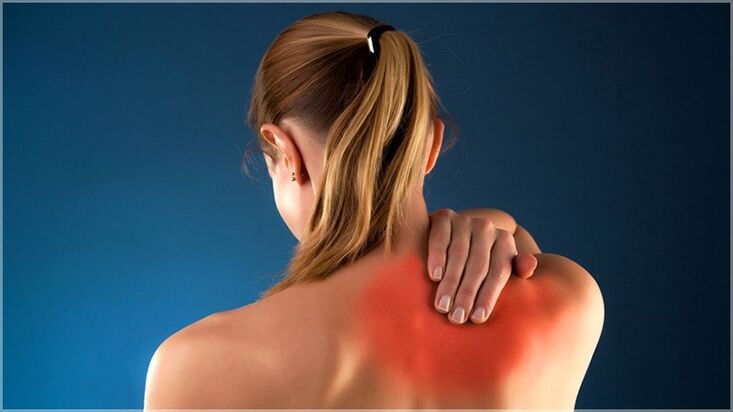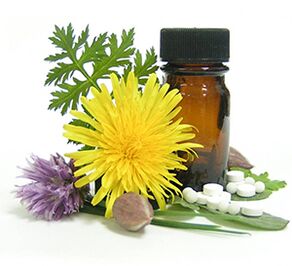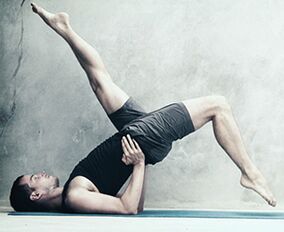
disease symptoms
- Dull pain in the neck and back of the head (neck pain);
- If the vertebral arteries are damaged, then the activity of the nerve centers responsible for the normalization of pressure indicators is disturbed, so hypertension is often a concomitant pathology of osteochondrosis.
- During the development of cervical osteochondrosis, the spinal arteries are compressed, causing symptoms such as abnormal sounds in the ears, dizziness, and paroxysmal headaches;
- Heart pain radiates to the shoulder blades and neck, similar to the pain of angina.
- Compression of spinal nerve roots and arteriovenous channels that deliver nutrients to the spinal cord, causing severe pain;
- When the lower lumbar root is affected, it will be accompanied by tingling on the outside of the leg, resulting in decreased sensitivity in that area;
- Lumbar osteochondrosis often presents with tingling pain running from the lower back to the legs, which is later replaced by decreased sensitivity in the lower extremities;
- As complications such as intervertebral hernia progress, symptoms such as leg weakness, low back pain, decreased leg muscle tone and sensitivity, and leg muscle weakness (paresis) may occur.
- Upper lesions present with pain in the abdomen, chest, shoulders, and scapula;
- Lower lesions are associated with decreased sensitivity of the lower thoracic spine and associated pelvic organ dysfunction. Pain that worsens when moving or sneezing;
- In rare cases, thoracic osteochondrosis causes compression of the spine and is characterized by localized annular pain radiating to the intercostals, abdomen, groin, or lower limbs, weakness and numbness in the legs, and impaired mobility of the pelvic organs.

Treatment programs
- medical treatement;
- Physical therapy (massage, physical therapy, etc. );
- Diet therapy;
- corrective treatment;
- ethnoscience;
- Surgery.
How to Treat Cervicothoracic and Lumbar Osteochondrosis at Home
medical treatement
- Symptomatic treatment aims to eliminate pain, including taking anti-inflammatory drugs. In addition to anti-inflammatory drugs, patients may also take muscle relaxants.
- Treatment aimed at normalizing blood circulation involves the use of vasodilators;
- Restoration treatment of cartilage tissue is based on the use of chondroprotective drugs;
- Vitamin therapy is based on taking vitamin complexes;
- Antidepressant treatment is used to relieve symptoms of anxiety and depression that commonly occur in patients with limited mobility and pain caused by osteochondrosis.
- Treatment with herbal preparations often helps achieve significant relief in patients, as these medications restore immune defenses, sleep and body strength, and prevent depression.

Physiotherapy activities
- Helps eliminate pain syndromes;
- Increase range of motion;
- Improve and promote the progression of immune processes;
- normalizes blood circulation;
- normalizes metabolic processes;
- Reduce therapeutic doses of NSAIDs and analgesics.
- Electrotherapy involves performing procedures related to the influence of electrical current, such as electrophoresis, electroplating, electrosleep, darsonvalization and other procedures using special equipment;
- Shockwave therapy is performed through a device that converts electrical pulses into ultrasound waves, which act on the spine affected by osteochondrosis to accelerate the healing of damaged bone and cartilage tissue and eliminate pain and swelling;
- Balneotherapy involves the use of mineral water and mud, with which contact improves blood supply, relieves pain and normalizes substance metabolism;
- Magnetic therapy - this device is based on the production of a constant magnetic field using special sensors placed in the area of the affected vertebrae;
- Laser therapy is based on the use of special lasers, which by acting on the affected tissue, contribute to its recovery.
All physical therapy methods treat osteochondrosis symptomatically, reduce inflammation and pain, and reduce the course of treatment and dosage of medication.
diet
- Alcohol;
- Beverages such as cocoa, coffee and strong tea;
- pickles and spicy dishes;
- Products with excessive extractive content (mushrooms, fatty fish, poultry, meat, etc. ).

Exercises to Improve Health
- Exercise should not cause severe pain or any discomfort; if this occurs, it is necessary to discuss the situation with your doctor;
- Do not exercise during an exacerbation of the condition, otherwise the pain symptoms may worsen or complications may occur;
- You need to perform the exercise smoothly and avoid sudden movements.
massage
Cupping massage for osteochondrosis helps relieve muscle tension and activates metabolic processes in the affected tissues by improving blood and lymph flow. Acupressure, which involves points on the spine that affect movement, is no less therapeutic.
ethnoscience
- Essential oils (fir, etc. );
- lard melted;
- Camphor alcohol;
- badger fat;
- Honey;
- poison from bees and snakes;
- Medicinal roots and herbs such as aloe vera, birch or horseradish leaves, garlic, ginger, paprika.

Orthopedic accessories
Osteochondrosis can be treated independently, the main thing is to observe the regularity, consistency, complexity of the procedure and coordinate all actions with a specialist.



















